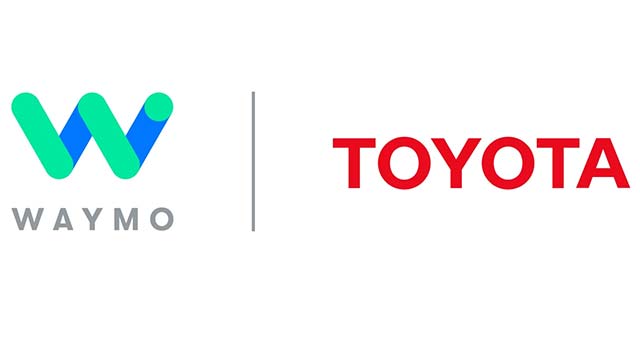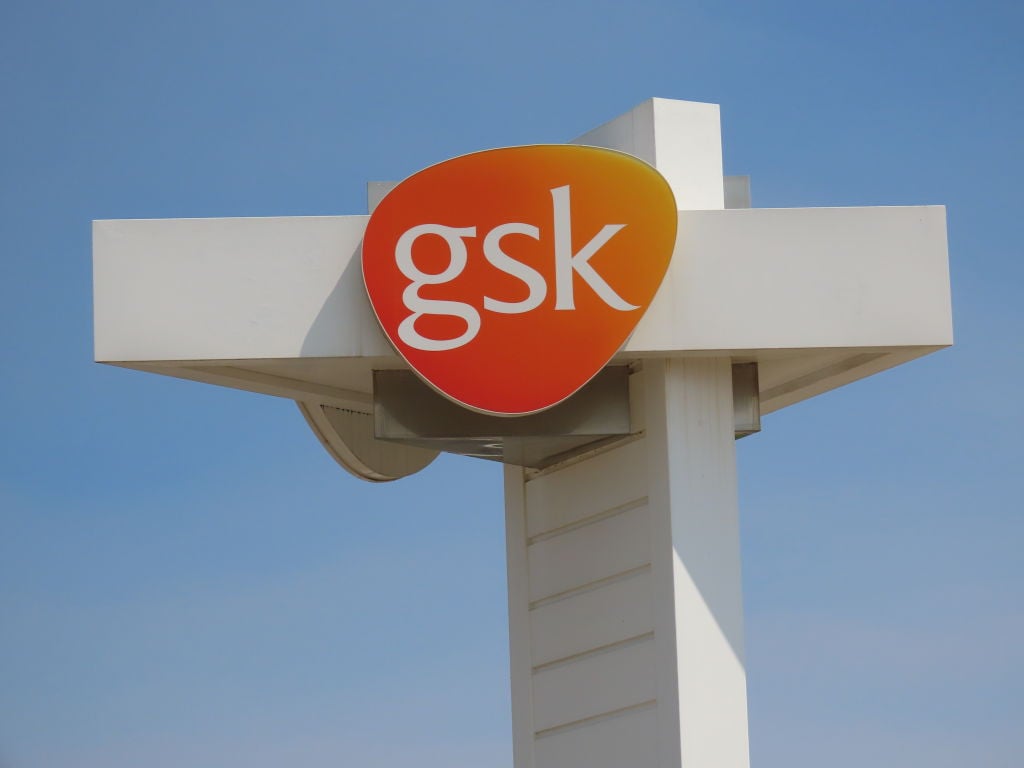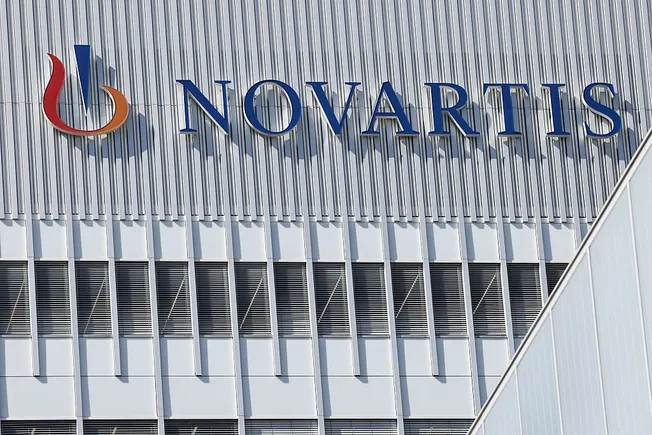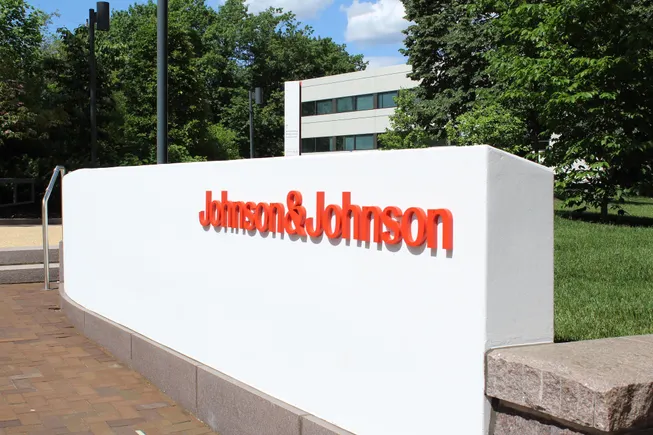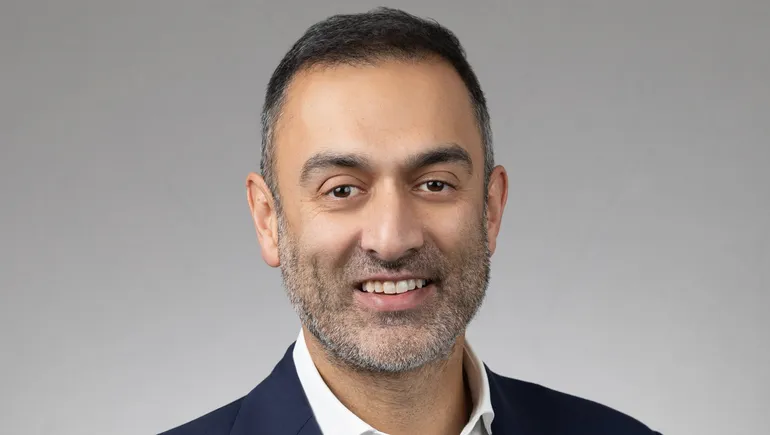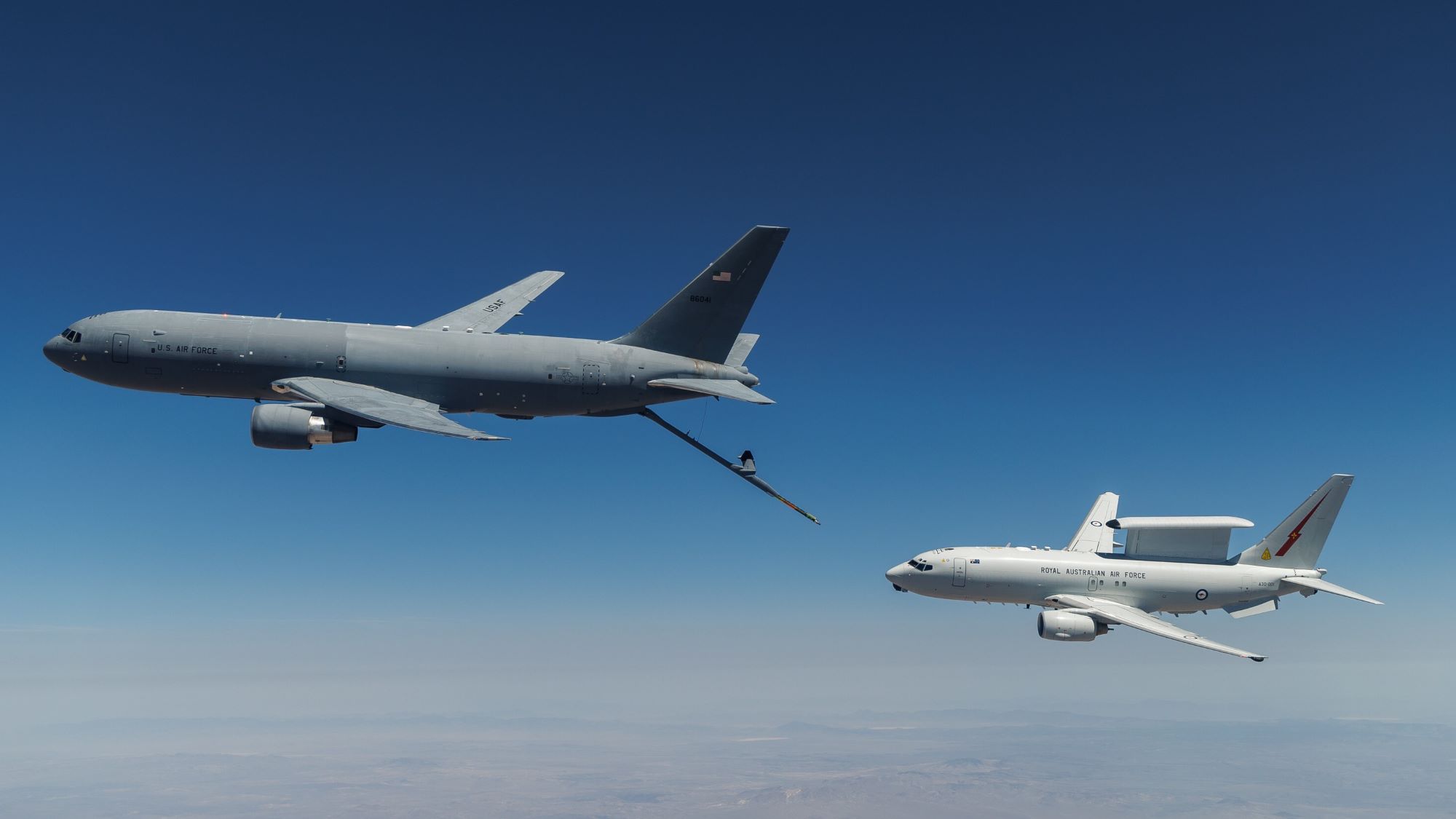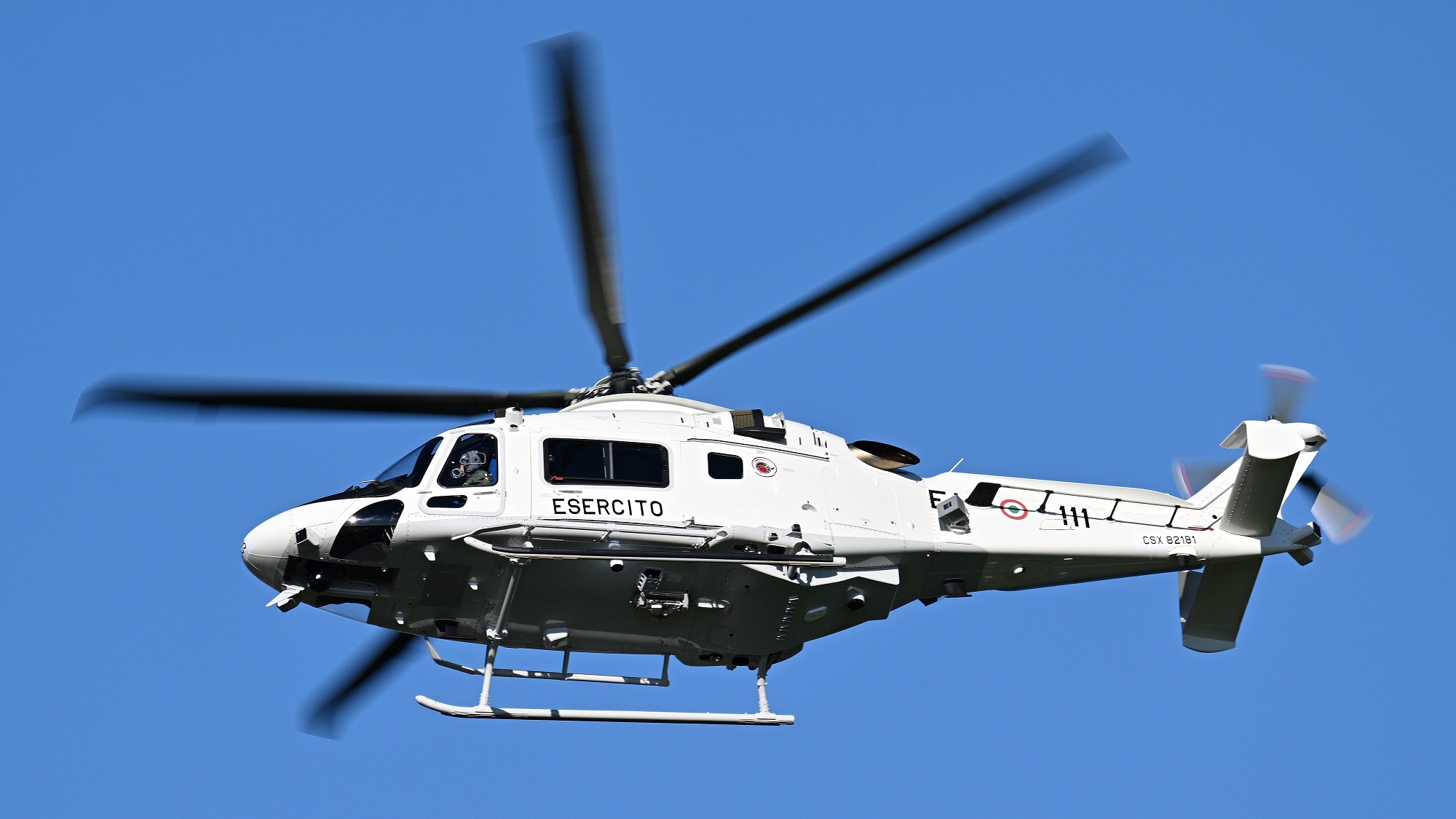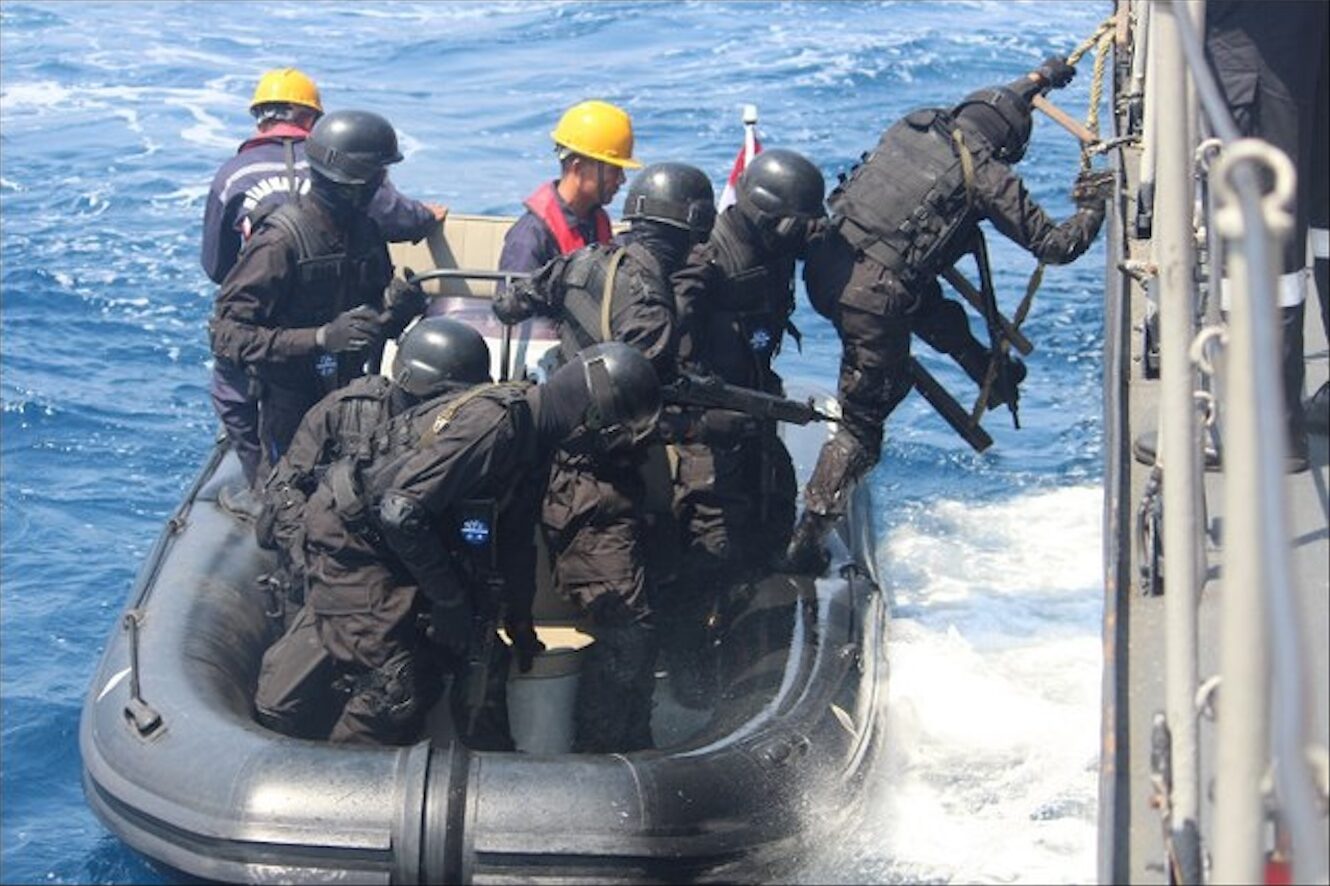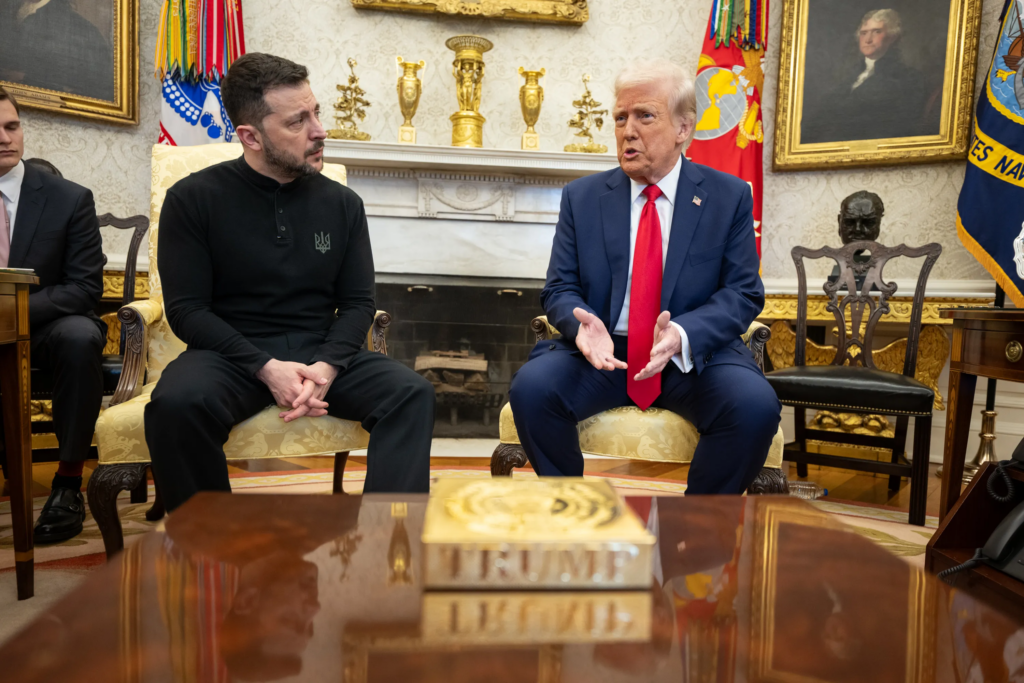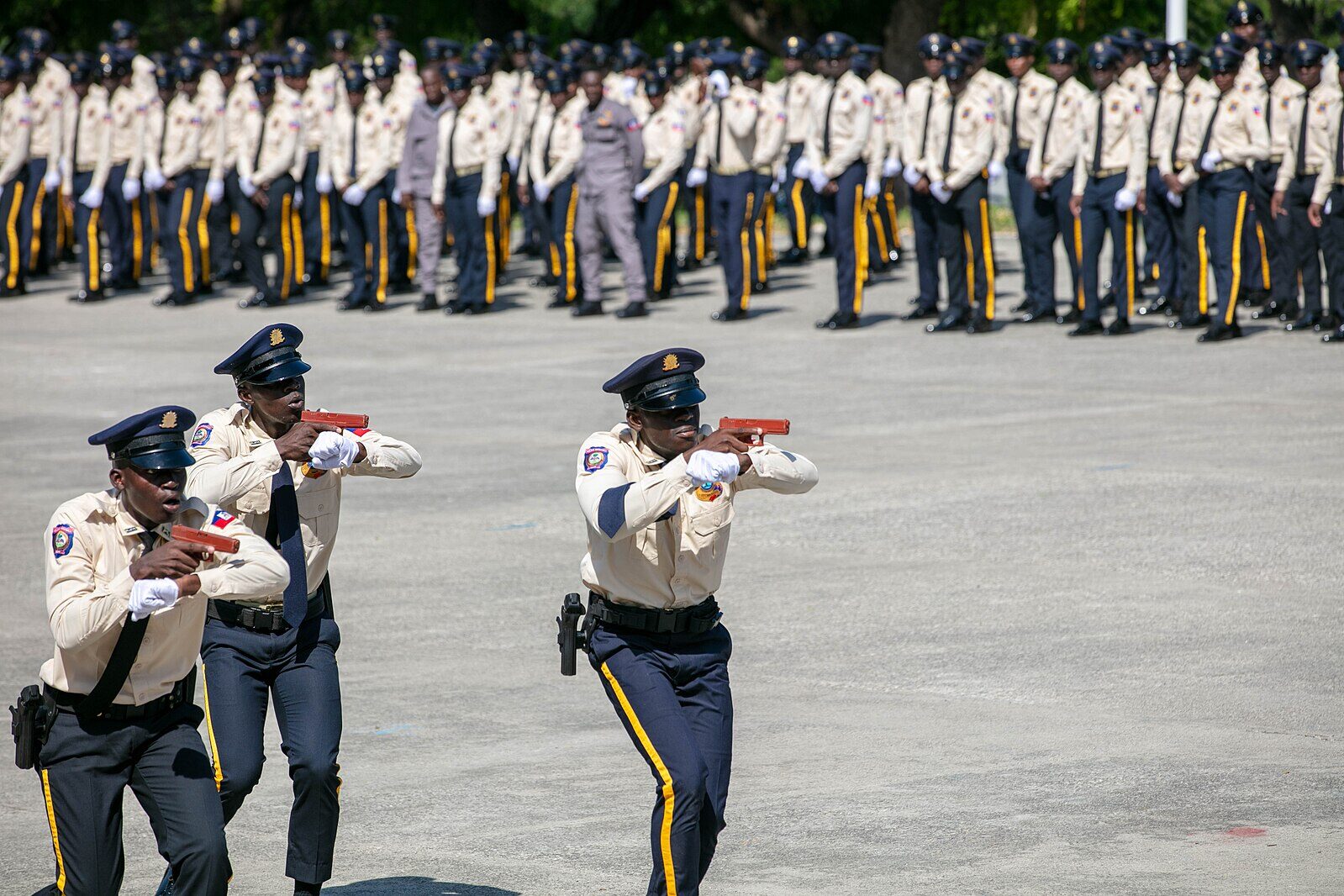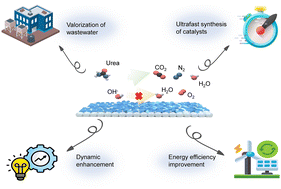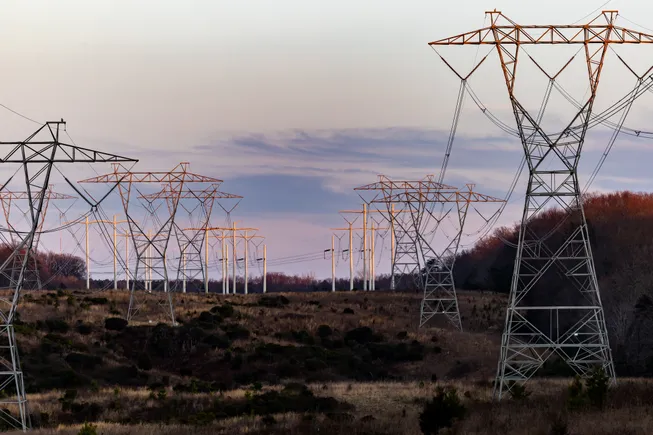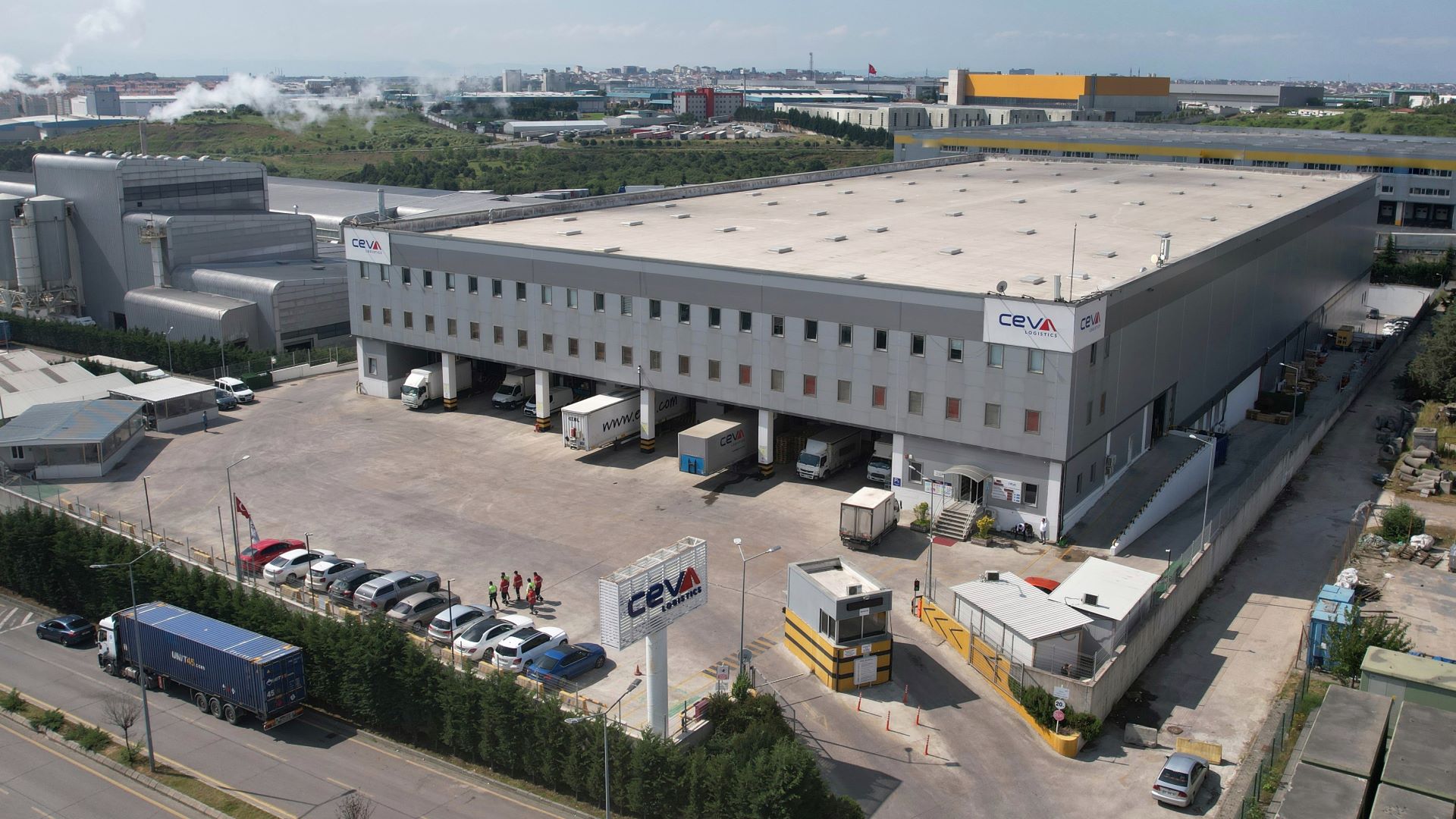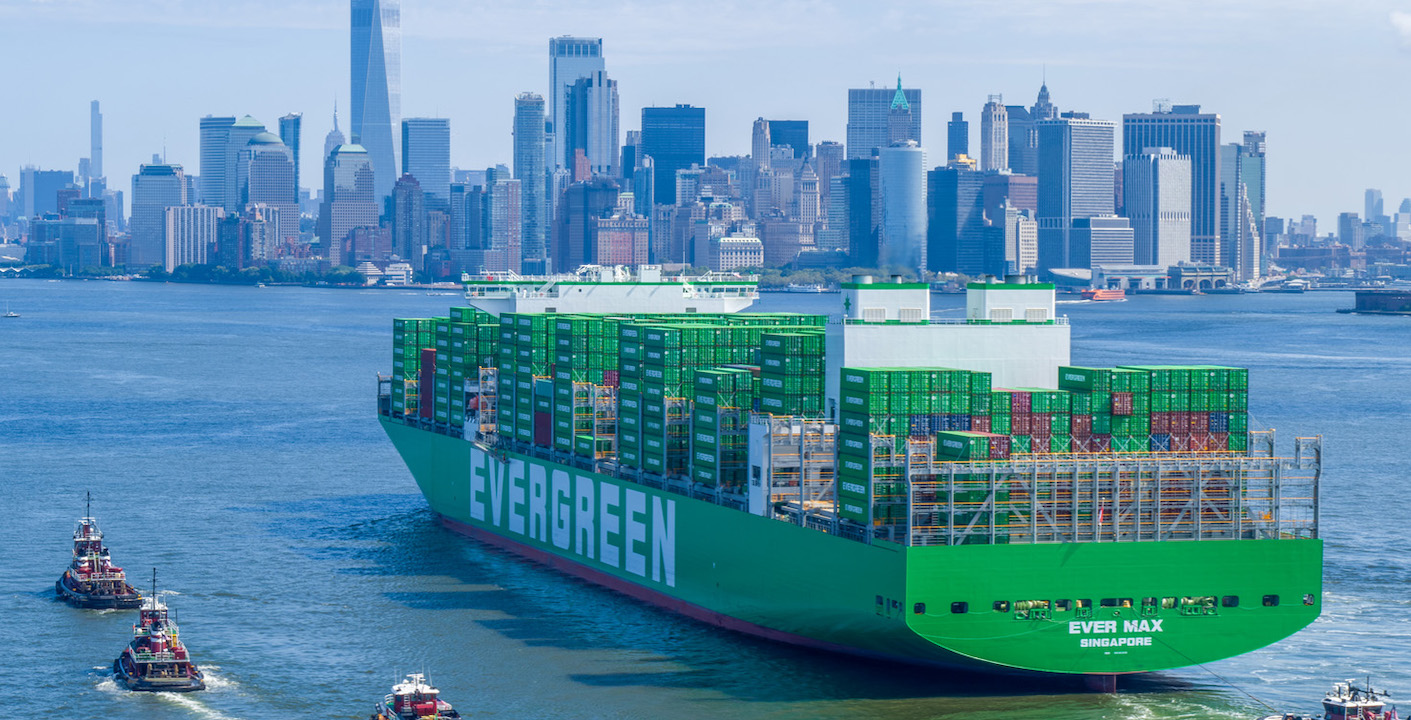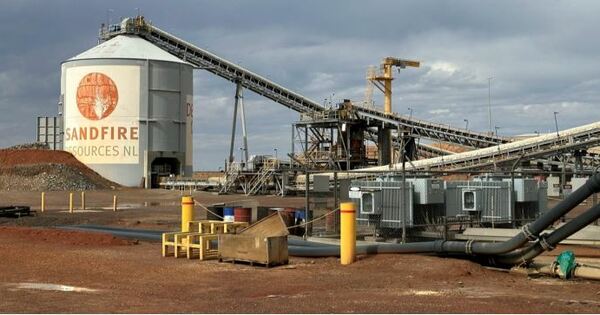How fleets can strengthen post-accident response
FreightWaves sat down with Ryan Miller and Daniel Vega of Reliance Partners to talk about the crucial steps that any driver and fleet manager should take after an accident. The post How fleets can strengthen post-accident response appeared first on FreightWaves.


Accidents are an unavoidable reality in commercial trucking, and how a fleet responds in the immediate aftermath can significantly influence insurance outcomes and legal liability.
FreightWaves sat down with Reliance Partners’ senior VP of sales, Ryan Miller, and director of safety, Daniel Vega, to gain some critical insights into best practices for post-accident response and risk management.
Ensuring the well-being of all parties is paramount, and safety always comes before concerns about liability and financial loss.
“The first step is always to call 911 and get help,” said Vega. “If it’s a nonfatal accident with no major injuries, move your vehicles from the lanes of travel to a safe and secure area.”
In the process of getting to a safe location, drivers should also attempt to make contact with the other party to check for their safety. “See if there are any injuries and make sure to document everybody who is on scene – officers, medical professionals, etc.,” said Vega.
Prompt communication with insurers can facilitate immediate support and potentially mitigate legal complications, according to Miller.
“Contact your insurance company as soon as possible,” he said. “They’ll get started right away and may even be able to give you advice on scene to prevent lawsuits down the line.”
Timely reporting is a key metric for fleet insurability. Insurers assess the promptness of claim submissions as a critical factor in evaluating a company’s responsiveness.
“Probably the number one thing is how quickly the claim is turned in,” said Miller.
Any delays can raise red flags and complicate the claims process.
Miller advises fleets to submit claims immediately after the accident, no later than the next day, although the timeline depends on the severity of the accident and the driver’s ability to give a statement.
Comprehensive photographic evidence supports the accuracy of the claim and aids in the investigation, but it’s vital that the driver take photos as soon as it’s safe to do so.
Vega, who formerly served in law enforcement, understands that the situation at the scene of a collision can change quickly. “Start taking pictures of all angles,” he said. “Otherwise, you might miss the opportunity, because the officer on scene might have you stay out of the way.”
Depending on the insurer and the severity of the incident, required documentation can vary. In any case, says Miller, it’s best to be prepared to provide as much information as possible.
Insurers typically request the following:
- Driver’s name
- Current Motor Vehicle Record (MVR)
- Bill of lading
- Dashcam video, if available
- Photographs from the scene
“Provide a driver statement as soon as possible,” said Miller. Timely and detailed documentation ensures a smoother claims process and demonstrates due diligence.
Certain actions post-accident can jeopardize insurance coverage and even bring legal liability.
“Fleeing the scene, late reporting or unreported claims, or trying to handle the claim yourself are significant red flags,” warned Vega. “Not turning in a claim because you ‘think’ you’re not at fault based on what the driver tells the company is risky. It’s always possible that new information later comes to light and the company is indeed at fault.”
Miller emphasizes consistency: “A driver’s story changing after the first statement can cause issues,” he said. “Consistency in reporting is crucial.” Such inconsistencies can lead to increased scrutiny and potential denial of claims.

Investing in comprehensive training can lead to better insurance options and pricing. The level of driver training that a carrier provides or requires can substantially affect insurability, Miller says.
“Training programs are weighted a lot more heavily than most people would think,” he said. “Training is a silent difference maker and plays a big role in determining what kind of insurance can be provided and at what cost.”
The more a carrier invests in driver training, the better options and pricing the insurance company is likely going to offer. Training simulators, driver certifications, road tests and other factors make a difference in insurability.
These programs not only enhance safety but also positively impact a fleet’s risk profile.
A single accident’s effect on a fleet’s insurance premiums is dependent on the fleet size and the frequency of claims, according to Miller.
“An accident can severely affect the renewal and premium of a one-truck owner-operator, but a 50-unit account would probably not be affected much,” he said.
According to Miller, insurance companies are typically going to look at frequency rather than severity. A single incident might not drastically impact larger fleets, but repeated accidents can lead to increased premiums and stricter policy terms.
When it comes to preventable versus nonpreventable accidents, what impact does driver fault play in premiums and insurability?
“Preventability is a factor, but we want the drivers to exhibit good driving behavior regardless,” said Miller. “A judge could assign some liability even if it’s nonpreventable under FMCSA. If accidents are nonpreventable, it would look better, but at the end of the day, the insurance company is still paying for claims.”
That doesn’t mean the insurance carriers are not going to investigate accidents deemed unpreventable on the scene, however. Insurers assess all incidents thoroughly, and maintaining high safety standards is essential to minimizing liability.
Effective post-accident response requires fleets and drivers to be trained and prepared ahead of time. In the aftermath of any incident, standard procedures should always involve immediate safety measures, prompt reporting and thorough documentation.
Investing in driver training and fostering a culture of safety can significantly influence insurance outcomes and operational efficiency.
“At the end of the day, we would all like for fewer accidents to happen in the first place,” said Vega. “That always starts with training.”
Click here to learn more about Reliance Partners.
The post How fleets can strengthen post-accident response appeared first on FreightWaves.


































